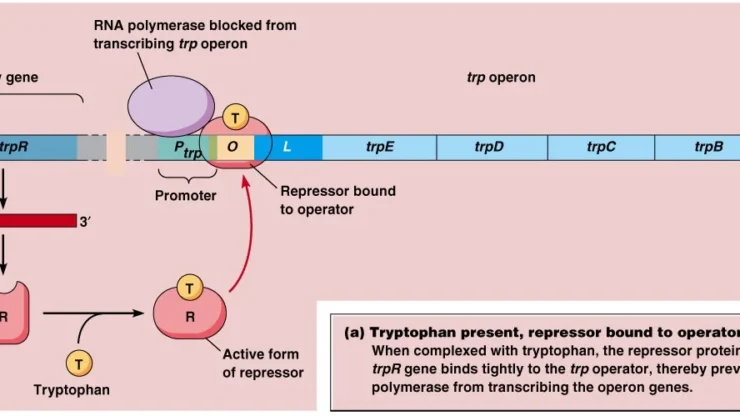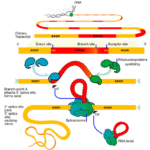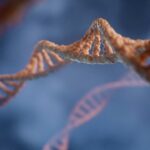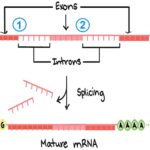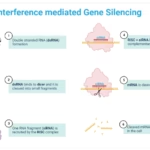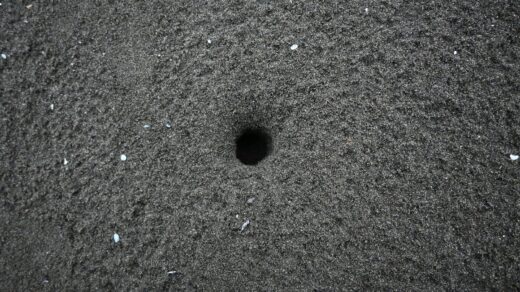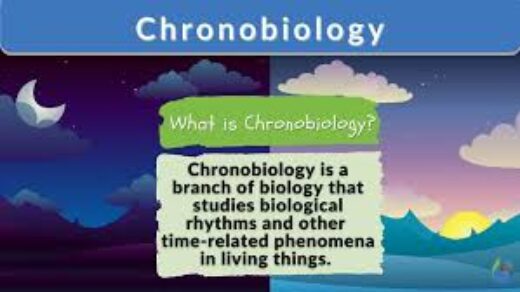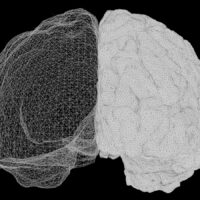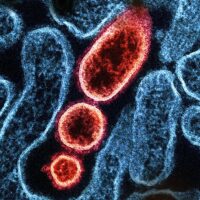The tryptophan (trp) operon of Escherichia coli is a paradigm example of a repressed, negatively controlled operon. This operon involves the biosynthesis of the amino acid tryptophan. A negatively controlled operon is one in which a regulatory protein, known as a repressor, depresses the operon by reacting to the availability of the product of the operon, in this case, tryptophan.
Structure of the Operon
The five structural genes of the trp operon are given as follows:
trpE
trpD
trpC
trpB
trpA
The five structural genes encode enzymes that catalyze sequential reactions leading to the formation of tryptophan, the final product of the pathway. A promoter (P) is the site for the binding of RNA polymerase to start transcription. The operator (O) overlaps the promoter, and it is the repressor-binding site. The leader region or the trpL encodes the leader peptide, which is involved in transcriptional attenuation.
Mechanism of Repression
The trp operon is regulated by the Trp repressor, whose gene is coded for by the gene trpR. In its inactive form known as the aporepressor the protein cannot bind to the operator sequence and hence the operon is transcribed, that is, tryptophan can be synthesized.
In the absence of tryptophan, the aporepressor is inactive and not able to bind to the operator. Thus, RNA polymerase may initiate transcription of the structural genes, with enzymes being produced that will later be necessary for the synthesis of tryptophan.
In the presence of tryptophan: Tryptophan acts as a corepressor which binds to the aporepressor causing some conformational change, and thus converting it into an active holorepressor. The holorepressor then goes on to bind with the operator, thereby blocking the transcription of the operon by RNA polymerase. This is considered as feedback inhibition whereby tryptophan is futilely synthesized when its concentration in the environment is already adequate.
Transcriptional Attenuation
Apart from repression by the Trp repressor, the trp operon is controlled by a second level of control termed transcriptional attenuation. This controls the continuation of the transcription after it has been initiated; this mechanism is reliant on prokaryotic coupling between transcription and translation .
Leader Peptide and Attenuator
The leader sequence of the operon, trpL, contains a short open reading frame that carries two adjacent codons specifying tryptophan. It is an important region for attenuation, since translation there contributes to sensing the tryptophan levels. Transcriptional attenuation is contingent upon the ability of the ribosome to translate the leader peptide. It is the direct object because it actually alters the RNA secondary structures that arise during transcription.
Low Tryptophan Concentration:
If tryptophan is limiting, the ribosomes stall at the codons for tryptophan in the leader sequence. This stalling prevents the transcription-terminating stem-loop sequence – a hairpin structure within the messenger RNA – from forming, which would stop RNA polymerase elongation past the operon and prevent transcribing downstream structural genes. Instead, enzymes for tryptophan biosynthesis are produced, and the operon remains active.
High Tryptophan Levels:
When tryptophan is present, the ribosomes translate the leader peptide very rapidly without slowing down. This rapid translation facilitates the formation of a stem-loop that acts as a terminator for transcription. The stem-loop terminator structure halts RNA polymerase, thereby halting transcription of the structural genes. This ensures that there is no excessive production of extra tryptophan biosynthetic enzymes.
Summary of Mechanism
1. When Tryptophan is Low:
The ribosomes become locked permanently at the two tryptophan codons in the leader sequence so that the terminator loop cannot be formed. The entire operon is transcribed unhindered.
2. When Tryptophan is High:
The ribosomes translate the leader sequence without stopping and allow formation of the terminator stem-loop which will terminate transcription of the operon.
Attenuation mediated by RNA-binding Protein
While E. coli employs translation mediated attenuation, other bacteria such as Bacillus subtilis regulate the trp operon by means of another approach: TRAP (Trp RNA-binding Attenuation Protein).
TRAP
Structure and Function: TRAP exists as a multimer of 11 subunits, where each binds one tryptophan molecule. Upon the binding of tryptophan, TRAP is activated, and it goes on to bind a sequence in the leader region of the mRNA. Binding to this sequence promotes a terminator hairpin, which causes premature termination of transcription.
Low Tryptophan: Here in the absence of tryptophan, TRAP cannot bind to its mRNA, and this alternative structure somehow dinsn’t allow the terminator hairpin to form, therefore, it allows complete transcription of the operon.
Anti-TRAP Regulation: The activity of TRAP is controlled by anti-TRAP proteins. It binds to TRAP, hence preventing it from down-regulating the operon during tryptophan starvation. In this manner, when the cell requires tryptophan, biosynthesis will take place.
The leader sequence of the trp operon consists of 162 base pairs and specifies a 14-amino acid leader peptide, two of which being the tryptophan codons. The two consecutive tryptophan codons are the significant ones in the sensing of tryptophan availability. It is found between the operator and the structural genes and is essential in whether the transcription will carry on or stop through the varied secondary structures of mRNA that will be developed as a consequence of its various melting regions.
When the levels of tryptophan are low, then the whole operon is transcribed to mRNA. However, if the levels of tryptophan are already high, then only the first 140 nucleotides of the leader sequence are transcribed before being stopped at the attenuator region. This function stops the structural genes from being expressed and therefore prevents the formation of tryptophan biosynthetic enzymes.
Conclusion
The control of the trp operon in E. coli can be regarded as a two-fold control mechanism:
1. Induction by the tryptophan-activated Trp repressor.
2. Attenuation, in which the fine-tuning of the operon activity is responsive to the translation of the leader peptide.
In B. subtilis, however, it is RNA-binding proteins like TRAP that take the lead in controlling the process of transcription. Both mechanisms show how bacterial cells can tune gene expression effectively to changes in environmental conditions, thereby helping to ensure metabolic efficiency and resource conservation.
Image Illustration

Image credit to @wikipedia
Engage with Us:
Stay tuned for more captivating insights and News. Visit our Blogs , Science paper , Study Portal and Follow Us on social media to never miss an update. Together, let’s unravel the mysteries of the natural world.

